God Mountain and the Symphony of Primordial Life
- Wednesday, Apr 30, 2025, 11:42 (GMT+7)
God Mountain and the Symphony of Primordial Life
Amid the windswept lands of Ninh Thuan, where the sun seems steeped into every grain of sand, a ribbon of untouched green endures like a vivid stroke of color across a barren canvas. This is God Mountain National Park, where forest and ocean do not divide but entwine like two halves of a wild soul. Here, time slows to a hush and nature’s breath echoes through stone ridges, leafy canopies, and the crystal-clear water where the sea floor feels within reach.
From afar, God Mountain rises like a monumental brow above the central coast, its silhouette etched against the infinite sky. More than a mountain, it is an entire ecosystem unlike any other in Vietnam, a dry forest nestled within a tropical country. Rain comes rarely, yet life pulses here in abundance. Over 1,500 plant species and nearly 800 animal species find their place in this sun-scorched land, among them sea turtles, endangered black-shanked douc langurs, and rare flora that cling defiantly to rock and heat.
But God Mountain does not dazzle loudly. Its beauty is quiet and unpolished. There are no dazzling lights, no theatrical colors, only the sunburnt silk of nature, coarse and vivid. Along the road into the park, the wind carries both salt and dryness, merging into a scent of time itself, a breath of perseverance and quiet strength.
Midway up the mountain range lies Rai Cave, a glittering cleft among sharp black cliffs. Every dawn here is a masterpiece of light. Ancient coral beds, softened by moss and carved by time, reflect golden at sunrise, turning the surface into a mirror of light. Locals call it the “waterfall on the sea,” where waves crash and cascade over rocky shelves like a reverse stream falling from the sky. Even a short moment of stillness here feels like a spiritual cleansing.
Few know that fossils from ancient seas lie beneath the ground at Rai Cave, remnants of an age when ocean swallowed more land. Some legends whisper of a mythical dragon that guarded this place to protect all life. Perhaps that is why rare sea turtles, year after year, return to lay their eggs on this very shore, never late, never lost.
To the north lies the Stone Park, a vast natural maze of granite giants frozen in thought. There are no fences here, no signs, only the untouched handprint of nature. Some rocks resemble ancient faces staring into space. Others look like jagged stairways leading nowhere. The entire scene feels otherworldly, as though one has stepped into a nameless planet.
And where the land softens and water stretches wide, you’ll find Vinh Hy Bay, a hidden jewel of the park. The bay rests gently between mountain arms, its waters smooth like blue silk pressed into the earth. Scattered boats drift like brushstrokes on a serene painting. Beneath the surface, coral blooms in brilliant color while schools of fish move like silent dancers. “Place your hand in the water, and feel a world breathing,” they say, especially true for those who kayak or dive beneath its calm.
When the last light fades behind the peaks, the sea becomes an ink painting of twilight. For adventurers, the trail to the summit of God Mountain awaits, over 1,000 meters high, not just a climb but a journey inward. The terrain is dry, rugged, and humbling. Trees grow low, soil crumbles, streams appear suddenly, and vegetation changes with each step. At the top, fresh air brushes your skin like a quiet reward. From this peak, the ocean stretches below, where jungle and sea fold together like a living quilt.
Between March and September, the dry season welcomes explorers. It is the best time to wander forest paths, greet the sun at Rai Cave, or float freely in the turquoise of Vinh Hy. Flights to Cam Ranh followed by a coastal drive along route DT702 lead travelers here. And if the schedule allows, slow down. Take the scenic route. Let the wind tug gently at your collar. Let the sea hum in your ears.
The food of Ninh Thuan is like God Mountain, unassuming but unforgettable. Fragrant grilled squid, crispy rice cakes, golden banh can, all carry the soul of the sun and wind. And then there is the grape wine, crafted from fruit grown in desert soil, lightly bitter, deeply aromatic, a memory in every sip. Long ago, the Cham people called this land sacred, believing that resilience could tame even harsh climates. Traces of their culture remain in language, rooftops, and the way flavors linger in every dish.
God Mountain is the only place in Vietnam where three distinct climate zones coexist, semi-arid desert, tropical monsoon, and coastal oceanic all within one compact space. This rarity breeds diversity: thorny forests, moist green canopies, radiant coral reefs. One more marvel sea turtles return to nest here each year precisely by the lunar calendar, never late, as if guided by a divine compass passed down through blood and instinct.
In a world full of grand destinations, God Mountain chooses a quiet path, earthy, slow, and perhaps a little shy. But that is why it remains untouched, rare in its purity. Those who come often leave with more than photos. They carry a breath of forest, a flash of sunlight, a silence that echoes. This is not a place to simply visit. It is a place to return to perhaps not with your feet, but with your heart, or in the stillness of a dream seeking peace.
“In a world thirsting for noise, there remains one place quiet enough for time to drip like water, where nature still sings.” Maybe that place is God Mountain. Maybe, just maybe, it is where someone begins again.

 CHECKIN.VN
CHECKIN.VN

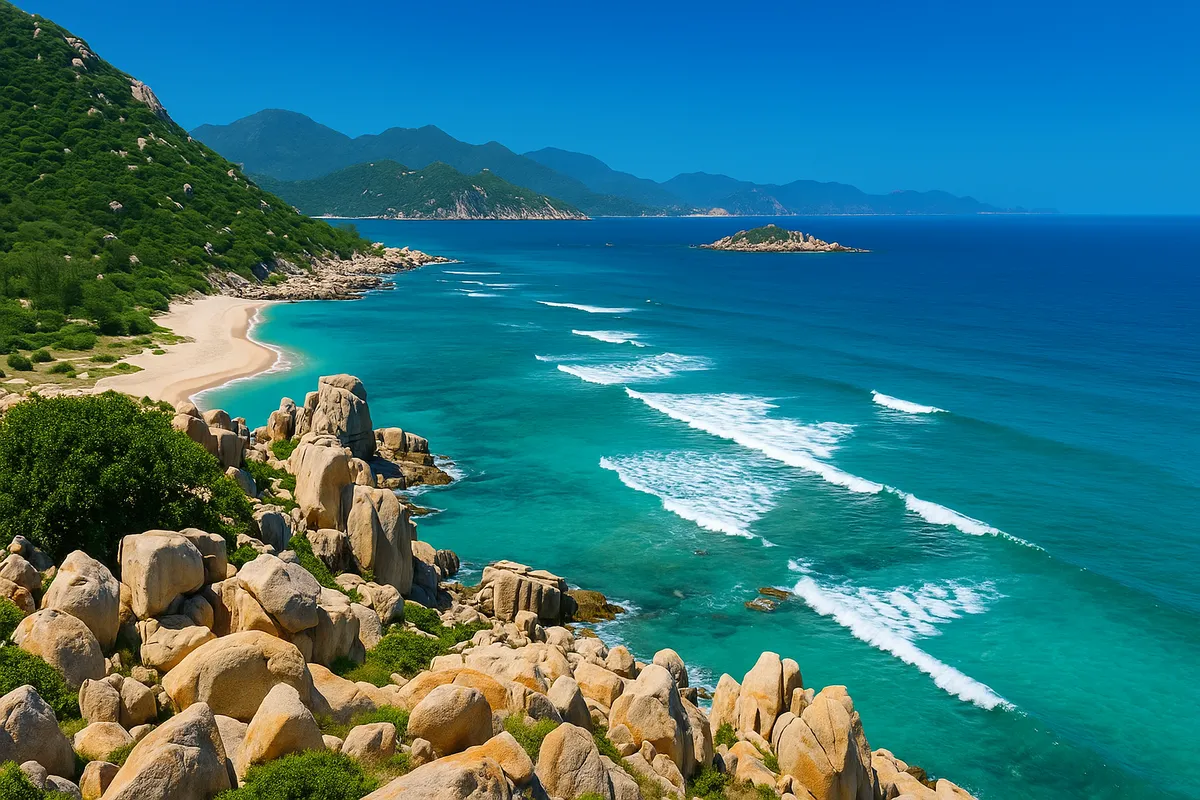
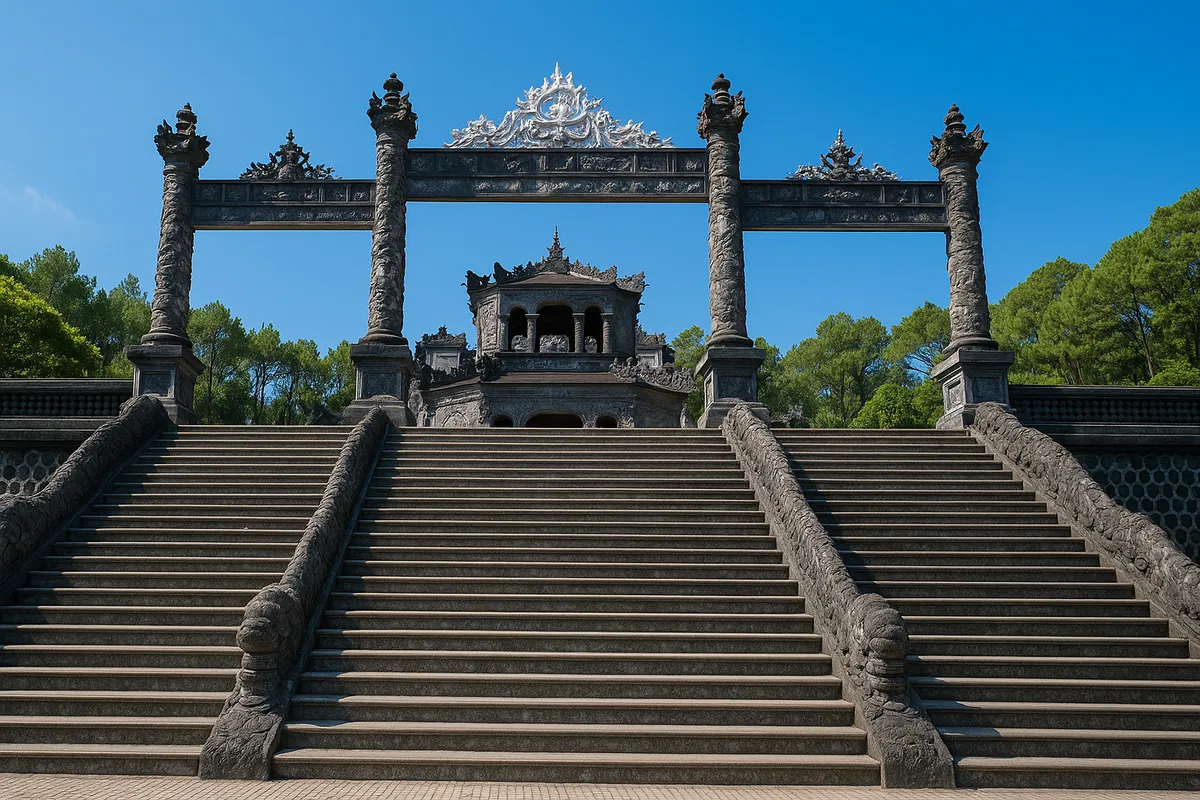

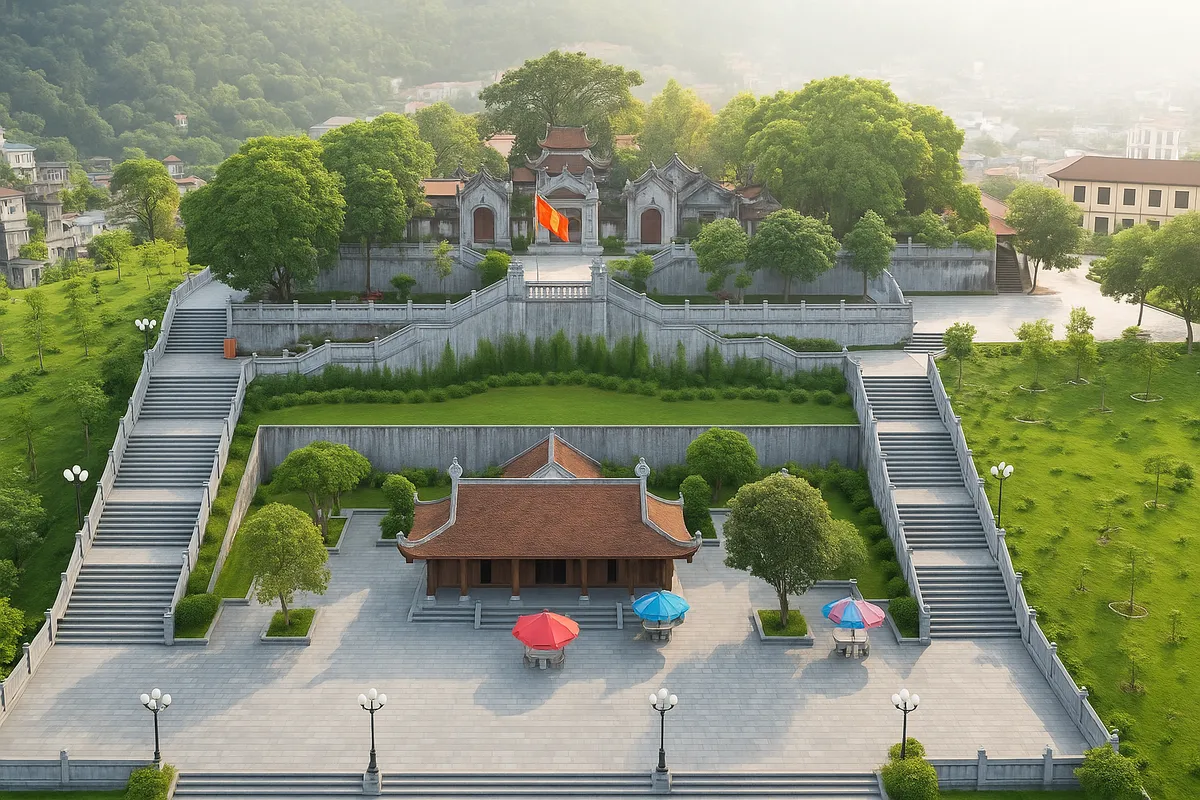

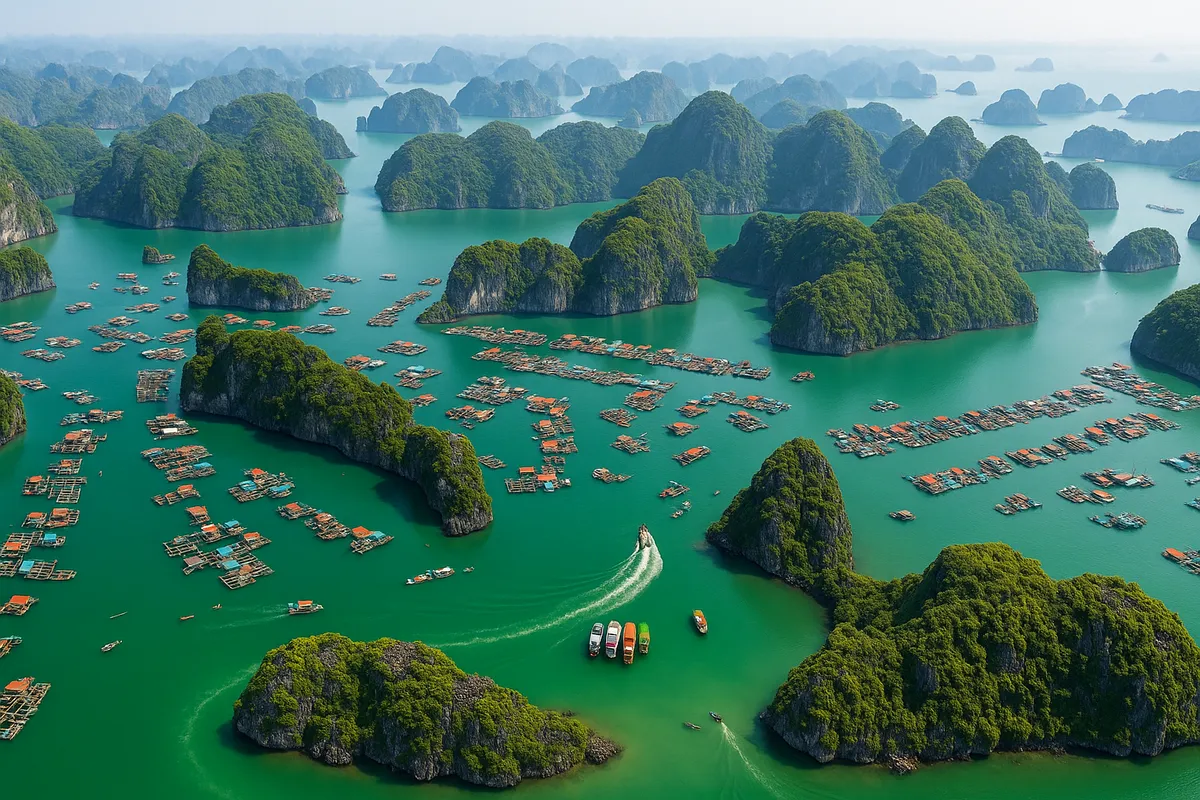
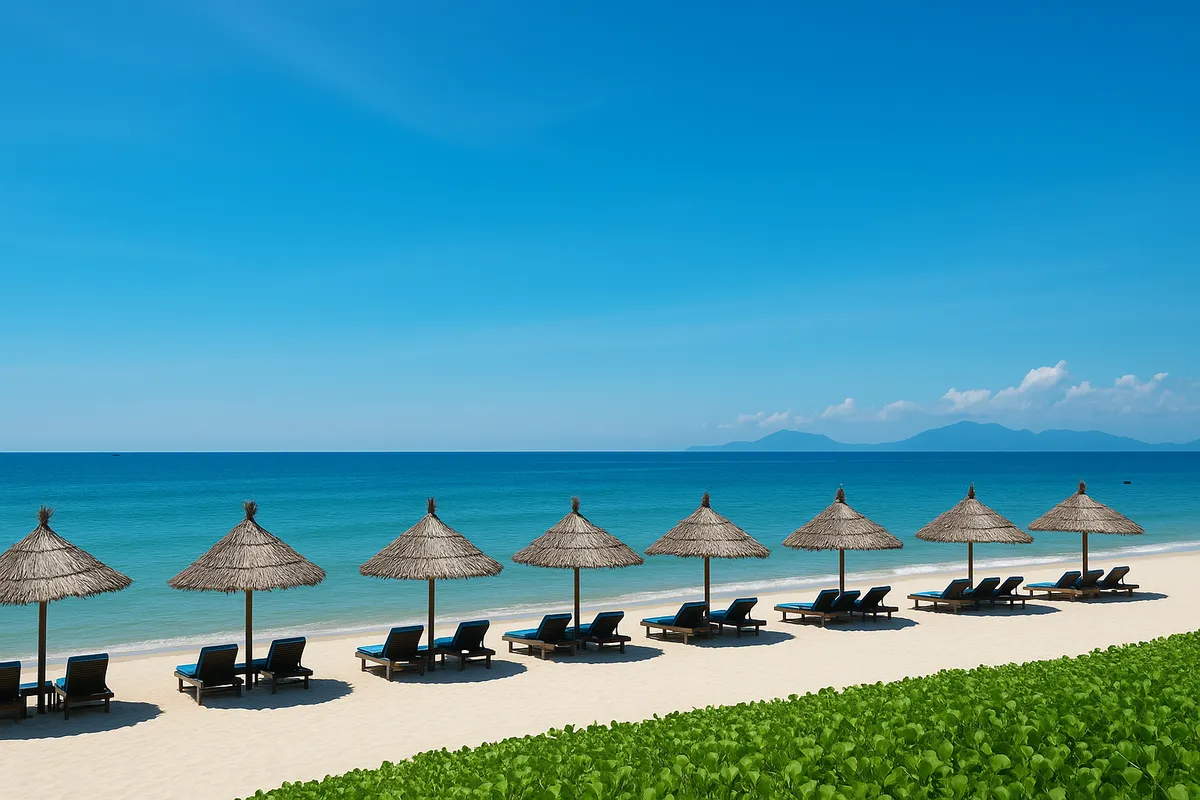
Share on